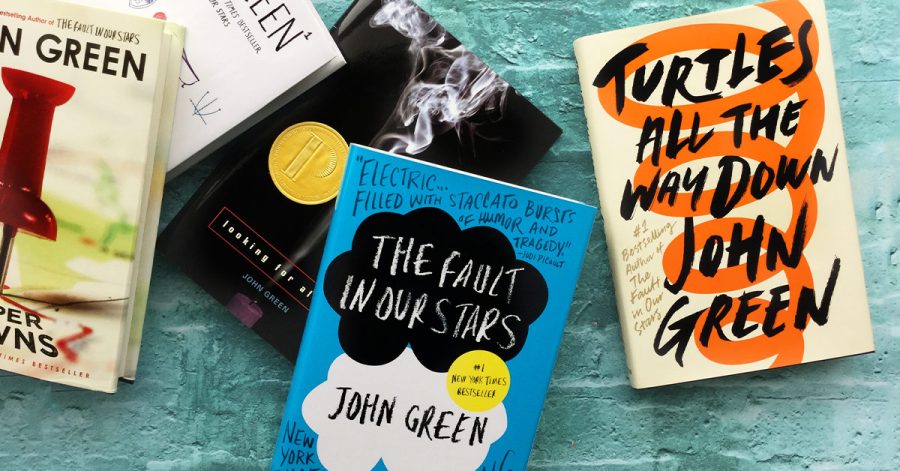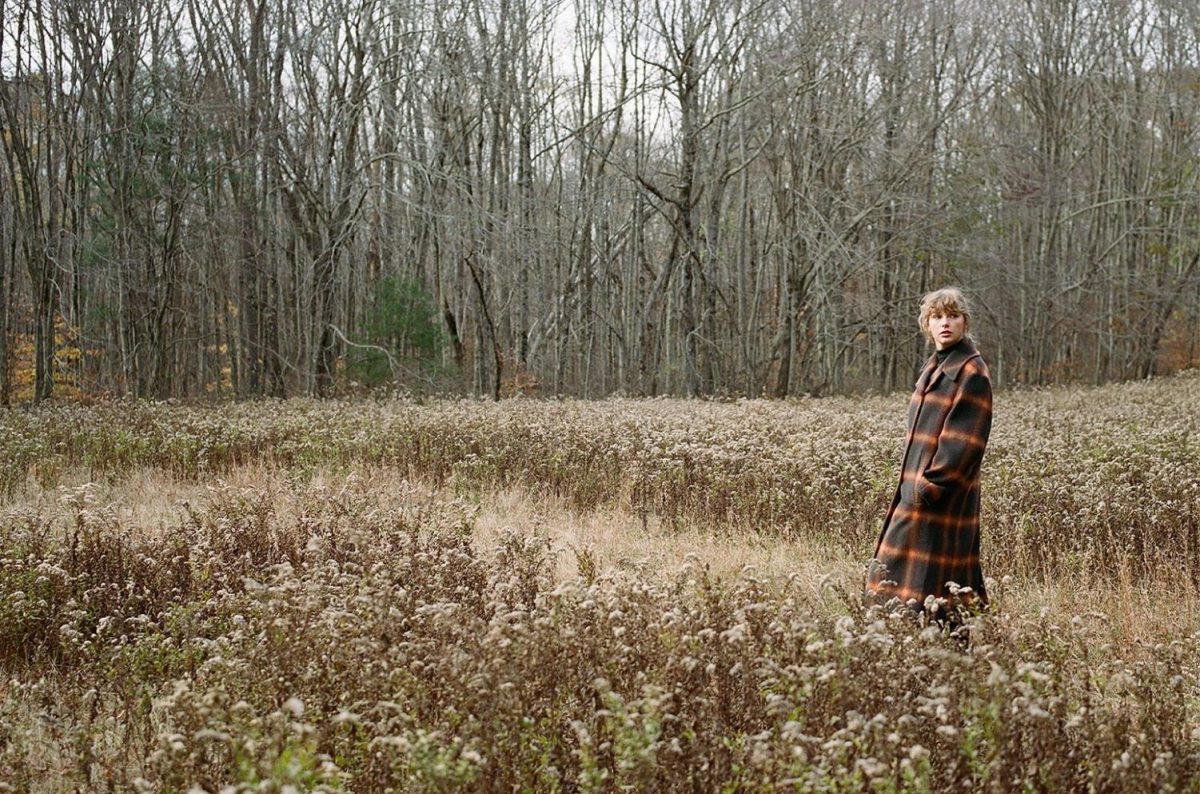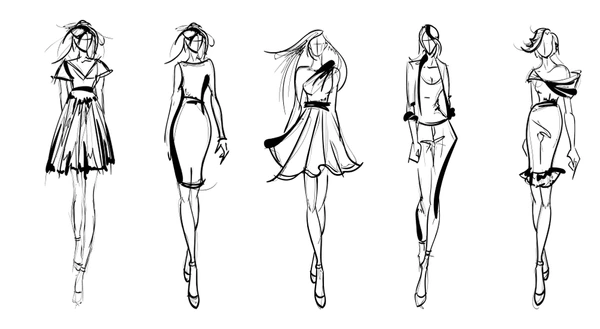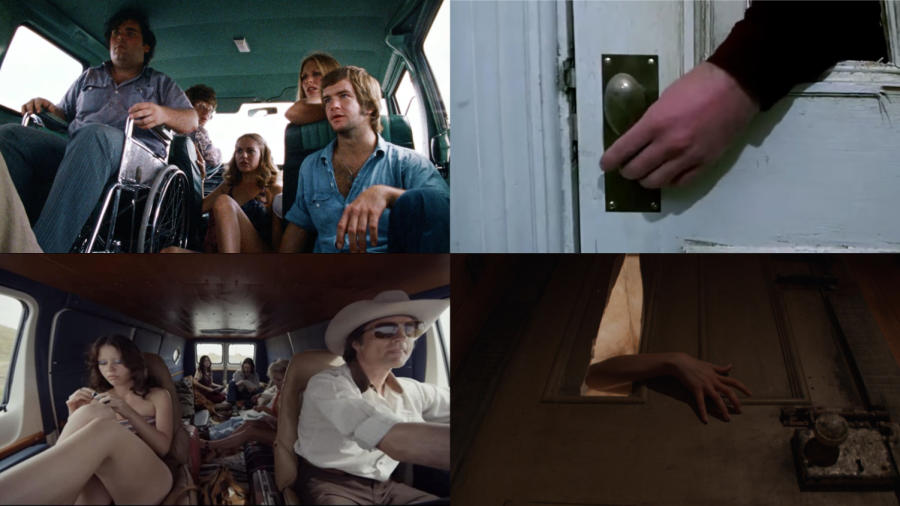John Green’s canon has almost become a cornerstone for an entire generation of what I’d like to call the ”Contemplative Youth” subsection of every bookstore’s YA department. From It’s Kind of A Funny Story to All the Bright Places to Five Feet Apart, this subgenre magnifies the angst of ordinary teenage readers and turns suffering adolescents into the titular tragic heroes.
I’m hesitant to jump into this genre, partly for the dark content, and partly because I don’t want to make my own sad feelings sadder just for the sake of it. As a poet, I understand why we need to dwell. But when a book is over 300 pages… I wonder if that’s a different story?
I have to ask myself if I actually like John Green’s books, or I’m just trying to align myself with the stereotype of the stereotypically iconoclastic, angsty teenager?
I’ve read Looking for Alaska, Paper Towns, The Fault in Our Stars, and Turtles All the Way Down, and I finished them in less than a week each. In fact, I read TFIOS in one night because… dare I say it? It was fantastic.
And here’s where I run into my dilemma. “It was fantastic.”
It was fantastic. Past tense.
The joy of the John Green novel, for me, was fleeting. Being buzzed on middle-of-the-night book adrenaline might be a contributing factor, too, but I remember with vivid clarity how, at the moment, I had fallen for the characters heart and soul.
In those moments, I believed in his universe. I sympathized with Pudge’s awkwardness, his delicate ego, and his broken heart. I fell in love with Margot Roth Spiegelman as Q sank deeper into his delusion. And I was honestly wrecked by the story of Hazel Grace Lancaster and Augustus Waters, the lovers afflicted with both the tragedies of fleeting youth and terminal cancer.
I wonder if the problem with John Green is that it’s almost… self-effacing. It could be argued that Green lacks J.D. Salinger’s technical mastery, but tells better stories. Perhaps his poignant quotes beat S.E. Hinton, but The Outsiders left a mark that no other story had.
What if the reality is that I don’t even care? Why am I even writing this? Maybe I’m afraid to discover what I really think. And maybe that’s what really scares me—my own ambivalence.
“You don’t get to choose if you get hurt in this world…but you do have some say in who hurts you. I like my choices.”
― John Green, The Fault in Our Stars
As mentioned earlier, I find that John Green’s books attempt to outpace their own conundrums. Take Paper Towns, which I consider a quintessential reflection of the manic pixie dream girl (MPDG) of the YA canon. Q blindly turns the enigmatic Margot into the very thing that the author tries to unearth the reality behind, and in doing so, I believe he undermines the message of the book.
Or maybe I just read it too late at night and missed the memo? Nevertheless, I wonder if the consequences speak more than intent—did a generation of readers just get misled? For example, I didn’t understand that Paper Towns (or Looking for Alaska, for that matter) were criticisms of the phenomenon, and not demonstrations until hearing it from the author himself.
The MPDG isn’t the only thing that John Green accidentally perpetuates. The Fault in Our Stars, for better or for worse, is a highly unrealistic, “Existentialism 101” bildungsroman. And as a disclaimer, my commentary on Hazel and Augustus is not a commentary on real people with cancer—my critique focuses specifically on characterization.
I thought my high school dread of the ever-oncoming unknown (“Adulthood, yikes!”) automatically made youth sacred. Unfortunately, I’ve just actually felt this way. But like the enraptured fandom itself seems to prove, laying sanctity on something is a conscious choice.
Nevertheless, The Fault in Our Stars certainly glorified adolescence, and maybe that was empowering for some people, but looking back on sixteen-year-old protagonists as someone two years older, I almost feel betrayed. And maybe that’s the point—I can’t remember for the life of me how I felt reading the novel at the same age as them. The evanescence of the John Green novel perpetuates its own oblivion.
I think Turtles All the Way Down finally broke the enchantment for me. I read the novel this summer, and even though my sarcastic commentary on my social media tends to be slightly exaggerated, I actually felt disillusioned this time.
In his past works, John Green arguably romanticized death, and he couldn’t—he didn’t—do that for mental illness in Turtle All the Way Down. I recognize a conscious choice to portray something in all of its honesty, which I admire greatly, so I felt guilty that I didn’t like it. And as with my statement about cancer, my analysis reflects fictional characters and not real people with mental illnesses.
As I read, I couldn’t help wondering if Aza—white, skinny, upper-middle-class, pretty, self-centered—was again, accidental self-sabotage in Green’s seeming opposition to tropes. And while the novel did briefly address the privilege of characters who fulfill this cliched stereotype of the typical female YA protagonist, I was unhappy with the depth of analysis.
Or maybe I’m just a jaded, Asian-American girl who is sick of reading about the same artsy white people over and over again. Obviously, I realize that representation is a larger cultural issue, and John Green is certainly not to blame for it. His portrayal of mental illness speaks volumes for advocacy, and I really respect that.
There was no satisfactory ending for this last book, and on some level, I’m glad. It’s probably unfortunate that my favorite aspect of John Green’s novels so far has been the opportunity to suspend my disbelief and blind myself watching his characters in a supernova.
All and all, do I regret reading the novels? No. But do I care to read more? Maybe someone else can convince me…
Hank, I’ll see you on Friday.






